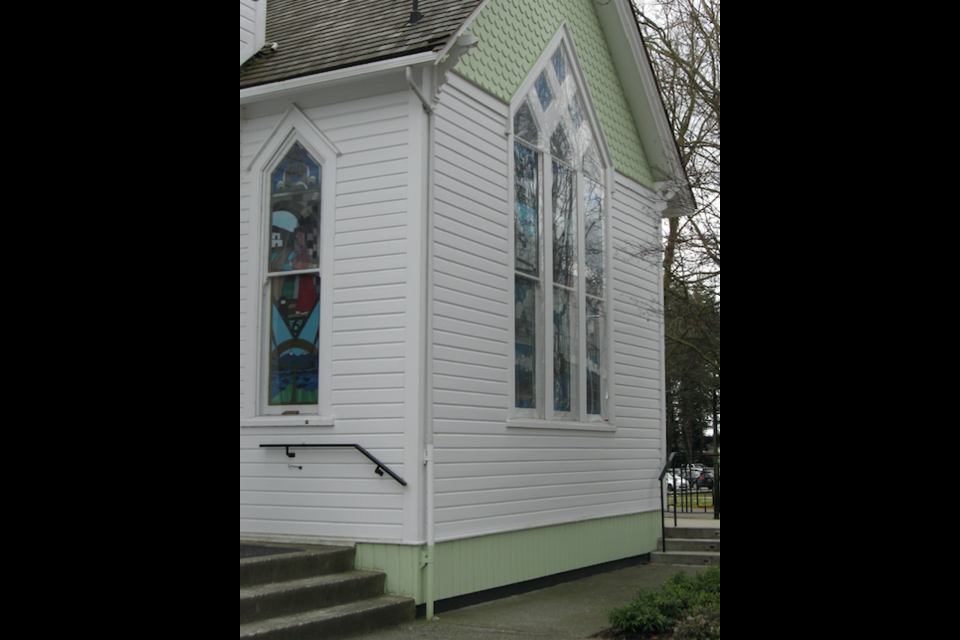Architecture fascinates me as much as words do. Yesterday I was thinking about architectural terms that function as both nouns and verbs. Two of them – corner and floor – are especially vivid verbs. To floor someone means to knock them to the ground or do something that stuns or wows them. To corner someone, you block them, preventing their escape. You can also corner a market, by controlling or monopolizing a commodity.
The noun, corner, denotes the angle formed when two lines or surfaces meet, usually referring to a street or building. The history of the word is peculiar. If an ancient Roman told someone to meet him at the corner, he’d use the word “angulus,” (angle in English). “Cornu” is the root of the English word corner, and it’s Latin for horn. In addition, “cornu” described anything ending in a point – the sharp tip of a helmet, for instance. The Roman historian Livy used “cornu” also to refer to the corner or extremity of a country – this evokes a phrase in the Old Testament (Isaiah 11: 12-13): “the four corners of the earth.”
In the Western world, since antiquity most architectural ground plans have 90 degree corners, either throughout or in combination with other shapes such as circles or ovals. Corners – or angles – have both an inside and an outside. Architects accentuate external corners structurally or visually to regularize lines or suggest stability, unless they’re bold architects and break the rules. What about internal corners? They can be like nooks, and the tendency is to fill them – with specially designed furniture such as triangular cupboards, or perhaps potted plants. When I was little, my first grade teacher in Germany liked to fill his classroom corners with naughty children – I was one of them.
Richmond’s builders have been timid, even dismissive, when it comes to corners. Nonetheless, one of the oldest structures, Minoru Chapel, built in the 1890s, does show some subtle corner detailing. However, downpipes are what mark the corners in most domestic architecture built here in the last 50 years. An exception are houses with facades in the faux half-timber style. The monster mansions currently fashionable in Richmond have facades lavishly trimmed with fantasy architectural features, which often include fake quoins.
The only corners I’ve seen in Richmond that depart from the norm appear in non-domestic architecture. Minoru’s Cultural Centre, for instance, has soft, wrapped-around corners on the exterior, which first appeared in early 20th century Bauhaus architecture. Another corner variation is found in Richmond Centre at the old Sears building, where corners are beveled instead of right-angled.
When I lived in Italy, I took an American couple on an architectural tour. At the end, they said they’d never look at a building, especially the corners, in the same way again. That’s how you train the eye to see architecture – look at the best buildings ever created to discover what architects are capable of. And if you want to see architecture that really floors you, go to Italy.
Sabine Eiche is a writer and art historian



